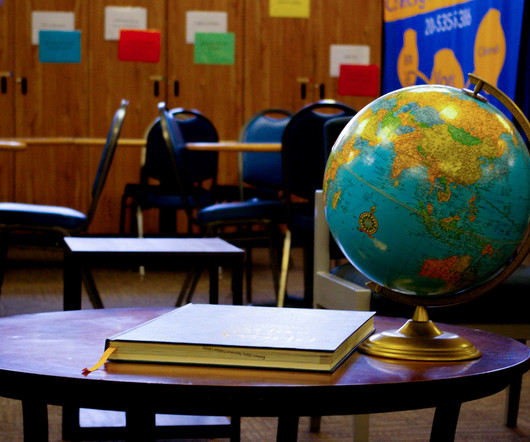Why We Don't Need a 'Netflix for Education'
Edsurge
AUGUST 13, 2016
In fact, decades of research reveal that students: are poor judges of the efficacy of their learning efforts. prefer instructional formats that produce inferior learning outcomes. believe that things like learning styles and brain hemispheres influence learning. And I'm being generous here. References Bjork, E.















Let's personalize your content